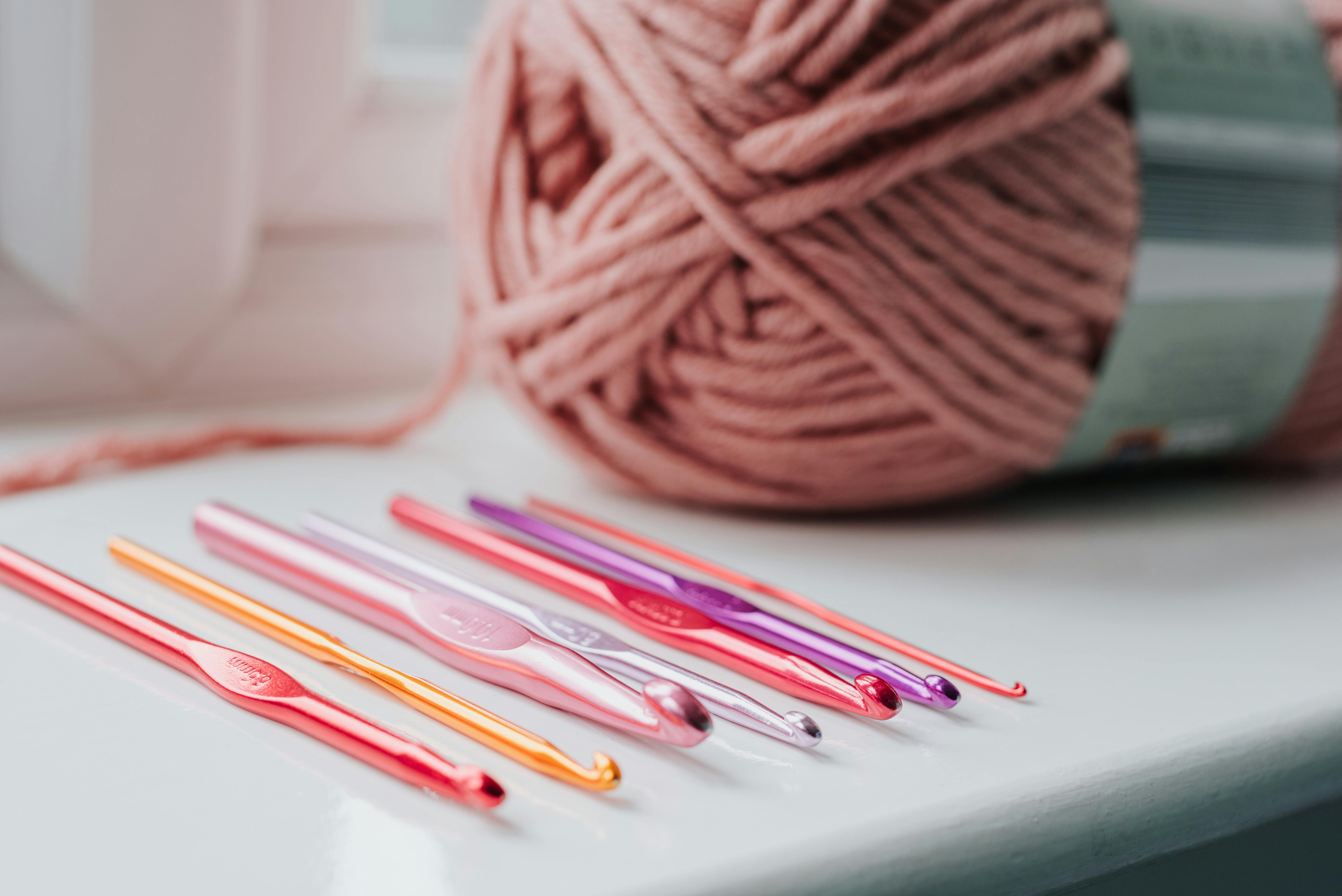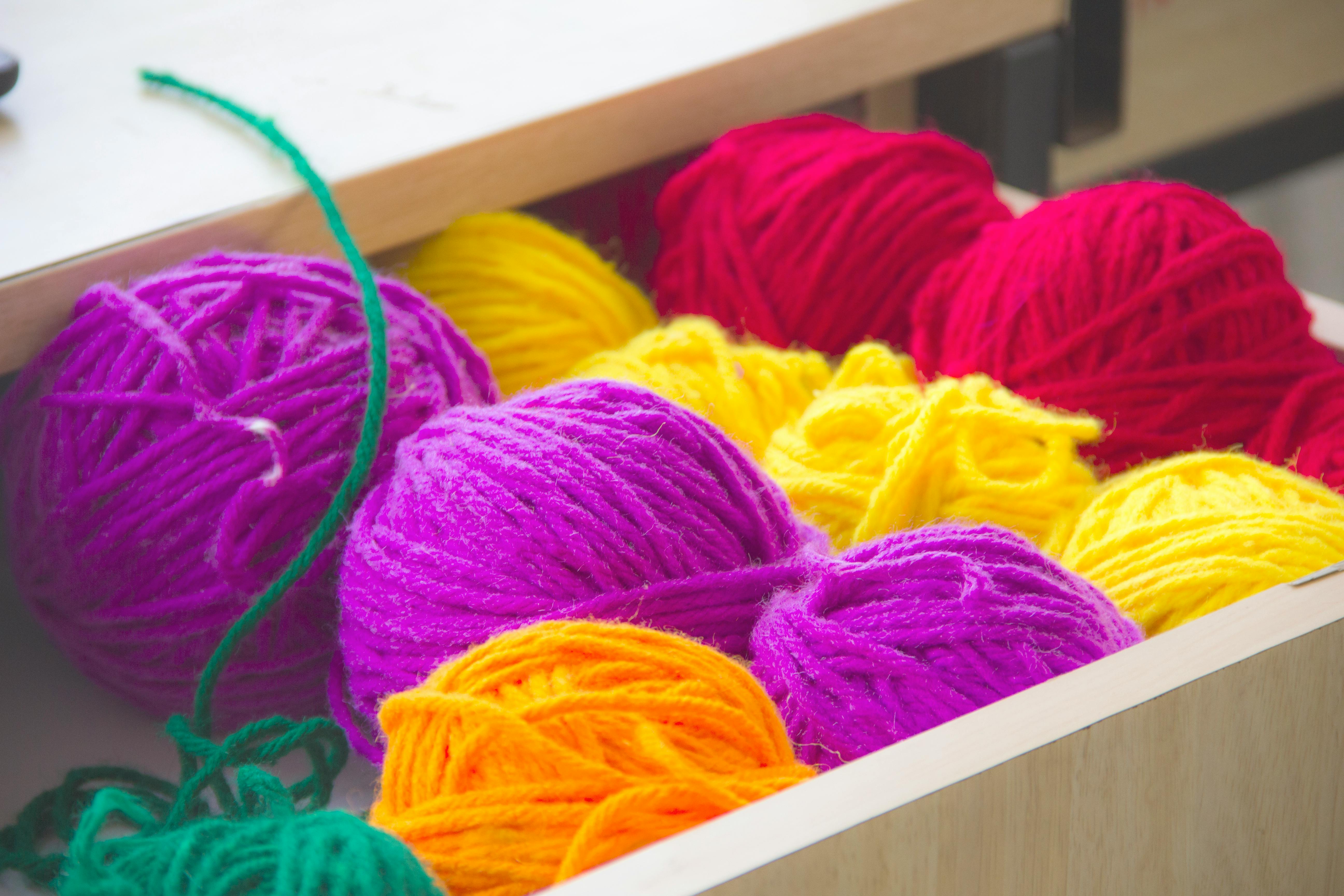When it comes to making a cozy blanket, the amount of yarn you need can vary significantly. Depending on the size of your blanket, the type of yarn you use, and how tight or loose your stitches are, you may need anywhere from two to twelve balls of yarn. To get an accurate estimate for your project, it’s important to take into account all these factors.The exact number of balls of yarn needed to make a blanket will depend on the size and type of blanket you are making. For a standard-sized throw blanket, approximately 8-10 balls of yarn should be sufficient.
What Type of Yarn Is Best For Making a Blanket?
When it comes to making a warm and cozy blanket, the type of yarn you choose is just as important as the pattern you knit. There are many different types of yarn available, so it can be difficult to decide which one is best for your project. To help you make an informed decision, here are some tips on picking the right yarn for your blanket.
First, consider the weight of the yarn. Generally, heavier yarns will create thicker and warmer blankets, while lighter yarns will produce thinner blankets that can be used year-round. Bulky or super bulky weight yarns work well for winter blankets, while worsted weight or even lighter weights (such as sport or baby) can be used for all-weather use.
Next, think about the fiber content of the yarn. If you want a soft and luxurious feel to your blanket, consider wool or cashmere blends. These fibers have excellent insulating properties and are great at keeping in warmth during cold winter months. For those who prefer a more affordable option, acrylic or cotton blends are also good choices.
Finally, consider the color and texture of the yarn when selecting one for your blanket project. Solid colors tend to look more classic and timeless while variegated colors will add visual interest and texture to your blanket. If you’re feeling adventurous, you could even combine different colors and textures to create unique designs!
No matter what type of yarn you choose for your blanket project, make sure it is soft and comfortable against your skin so that it can provide maximum warmth and coziness. With some careful consideration of weight, fiber content, color, and texture – along with a bit of creativity – you can easily find the perfect type of yarn for making your very own cozy blanket!
What Is the Average Size of a Handmade Blanket?
Handmade blankets come in a variety of sizes, from small lap blankets to large king-size blankets. The average size of a handmade blanket will depend on the type of blanket and what it is intended for. A lap blanket may be as small as 40 inches by 40 inches, while a large king-size blanket may be as big as 108 inches by 90 inches. Baby blankets are often smaller than lap blankets and can range in size from 20 inches by 20 inches to 40 inches by 60 inches. Some handmade blankets may also be made to fit specific bed sizes, such as twin or full beds.
The materials used to make a handmade blanket can also affect the size. Certain fabrics such as fleece or flannel may require more fabric and therefore increase the size of the blanket. In addition, some types of special stitch patterns, such as crochet and quilting, can add extra bulk to the blanket and make it larger than normal.
The amount of time spent creating the handmade blanket can also influence its size. If the maker has more time to work on the project, they may choose to make it larger than usual or even add an extra layer or two for added warmth. The type of pattern chosen can also have an effect on how much fabric is needed for the project and thus how big it will end up being when completed.
How Much Yarn Do I Need to Crochet a Baby Blanket?
Crocheting a baby blanket is a great way to show your love for the newest addition to your family. But before you start, you need to make sure that you have enough yarn. The amount of yarn needed will depend on the size of the blanket and the type of stitch used. Generally speaking, you will need between 800 and 2000 yards of worsted weight yarn for a baby blanket.
If you are making a very large blanket, then you may need more than 2000 yards of yarn. On the other hand, if you are making a small one, then you might only need 800 yards or less. The type of stitch used can also affect how much yarn is needed. For instance, if you are using an openwork stitch such as filet crochet or Tunisian crochet, then you may need more yarn than if you were using dense stitches like single and double crochets.
It is best to look at patterns or consult with an expert crocheter if you are not sure how much yarn to buy for a particular project. Patterns typically tell how much yarn is needed for each size so that should give you an idea of what amount you should buy. If there is no pattern available, then it may be best to buy extra just in case since it can be difficult to match colors exactly with different dye lots and brands of yarn.
Crocheting a baby blanket is an enjoyable project that can be completed quickly if enough yarn has been purchased in advance. Knowing how much yarn is needed before starting will ensure that your project goes smoothly and that your new baby has something soft and cozy to snuggle up in!

How Big Is A Throw-Size Blanket And How Many Balls Of Yarn Will I Need To Make One?
A throw-size blanket typically measures around 45 inches by 60 inches, making it a great size to use as a couch or chair throw. Depending on the yarn weight and type of stitches used, you may need anywhere from 3 to 10 balls of yarn to make a throw-size blanket. If you’re using worsted weight yarn and single crochet stitches, then 3-4 balls should be enough. For bulkier yarns or more complex stitches, you may need 6-10 balls of yarn. Before starting your project, be sure to check the label on the ball of yarn for the recommended number of skeins needed for the size of your blanket.
Calculating the Amount of Yarn Needed to Make a Blanket
Calculating the amount of yarn needed to make a blanket can seem like a daunting task. However, with careful planning and attention to detail, it is possible to determine the exact amount of yarn needed for the project. One of the most important steps in calculating the amount of yarn needed is determining the size and thickness of the blanket. Measurements such as width, length, and depth should be taken into account when estimating how much yarn will be required.
In addition to measurements, it is also necessary to consider other factors that could affect the amount of yarn needed for a particular blanket. For instance, if you plan on using a pattern that requires more yarn than usual or if you are using a thicker type of yarn, these factors should be taken into account when estimating how much yarn will be needed. Similarly, if you plan on making multiple blankets from one skein or ball of yarn, it is important to consider how many blankets will need to be made in order to accurately estimate how much total yardage will be required for all blankets.
Once all measurements and factors have been taken into account, you can use online calculators or patterns that provide yardage estimates for various sizes and thicknesses of blankets in order to determine an approximate amount of yardage that will be needed for your project. If you are unsure about any aspect of your calculations or if you are unable to find an appropriate pattern or calculator online, consulting with a professional knitting or crochet instructor may help ensure that you get an accurate estimate for the total amount of yardage needed for your project.
Overall, calculating exactly how much yarn will be required for a specific blanket project can seem like an overwhelming task. However, with careful consideration and attention to detail it is possible to come up with an accurate estimate for your project’s total yardage needs. By taking measurements into account as well as other relevant factors such as pattern complexity and typeofyarn used, it is possible to find out exactly how much yardage will be necessary in order tot complete your blanket project successfully.
Which Types Of Stitches Use The Most Amount Of Yarn When Making A Blanket?
When it comes to making a blanket, the types of stitches which use the most amount of yarn are usually those which are made with thicker yarns. These stitches are often more complex and require more time and effort to create, so they tend to use up more yarn. Common examples of these stitches include cable, bobble, and seed stitch.
For those who want to make a blanket with less yarn, it’s better to opt for simpler stitches such as garter stitch or stockinette stitch. These types of stitches can be created quickly and often use less yarn than the more complex varieties. Additionally, they create a nice uniform look and can serve as a great base for further embellishments such as crocheted flowers or appliques.
Overall, when it comes to making a blanket with the most amount of yarn, it’s best to opt for thicker yarns and more complex stitches. While they may take longer to create, the results are usually worth the extra effort. With some patience and practice, anyone can master these techniques and create beautiful blankets that will last for years to come.

Conclusion
When it comes to figuring out how many balls of yarn you need to make a blanket, it really depends on the size of the blanket and the type of yarn you are using. Generally, you will need anywhere between 8-10 balls of yarn for a medium-sized blanket. If you are using bulky yarn or making a larger blanket, you may need up to 20 balls of yarn. Take into consideration the size and weight of your yarn when determining how many balls of yarn you need for your project. Additionally, if you are using multiple colors for your blanket, don’t forget to factor in extra yarn for each color. With a bit of planning and preparation, you can easily figure out how much yarn is required for your next blanket project.
No matter what size or style blanket you are making, it’s always important to keep in mind that there is no “one size fits all” answer when it comes to figuring out how many balls of yarn to use. Every project is unique and requires different amounts of materials. With some basic knowledge and trial and error, however, anyone can determine exactly how much yarn is needed for their next knit or crochet project!




